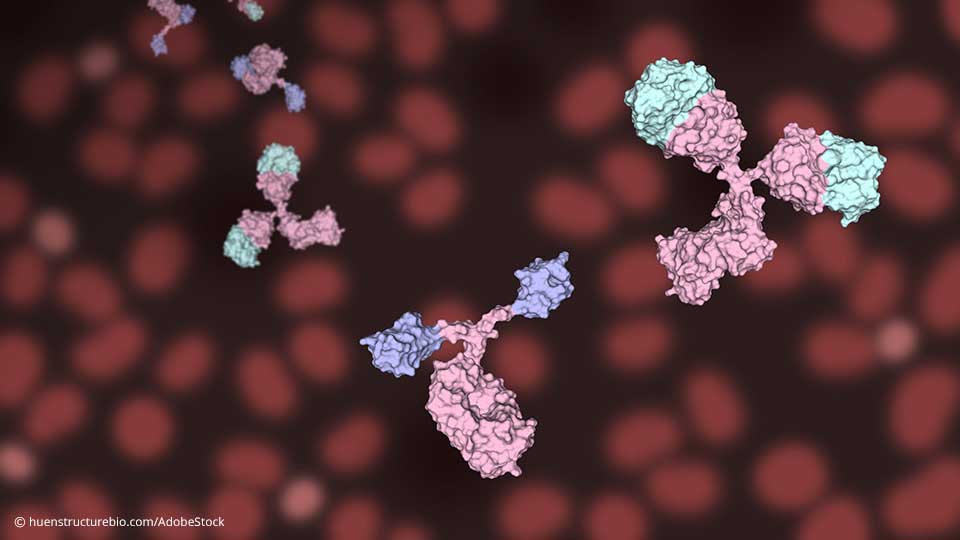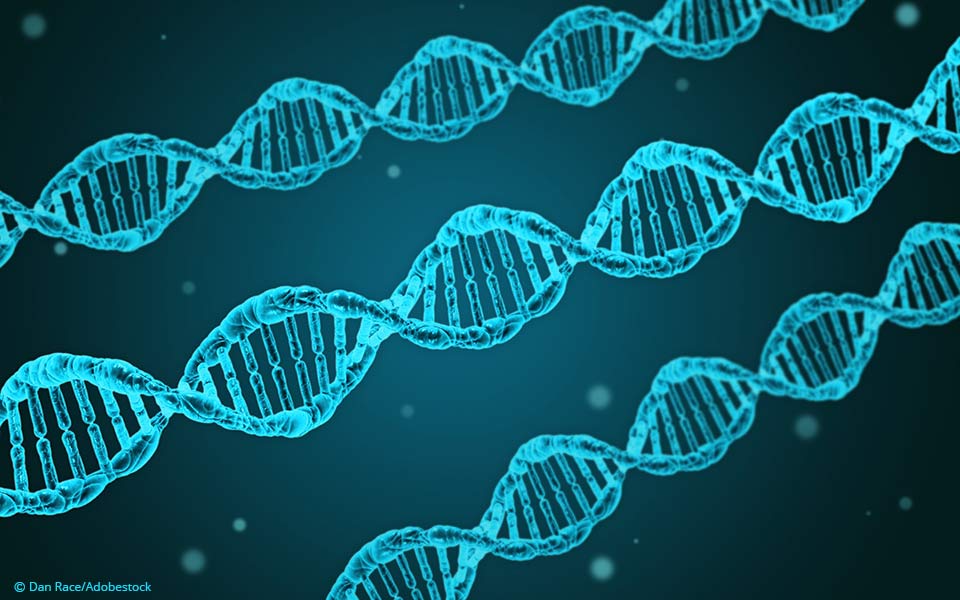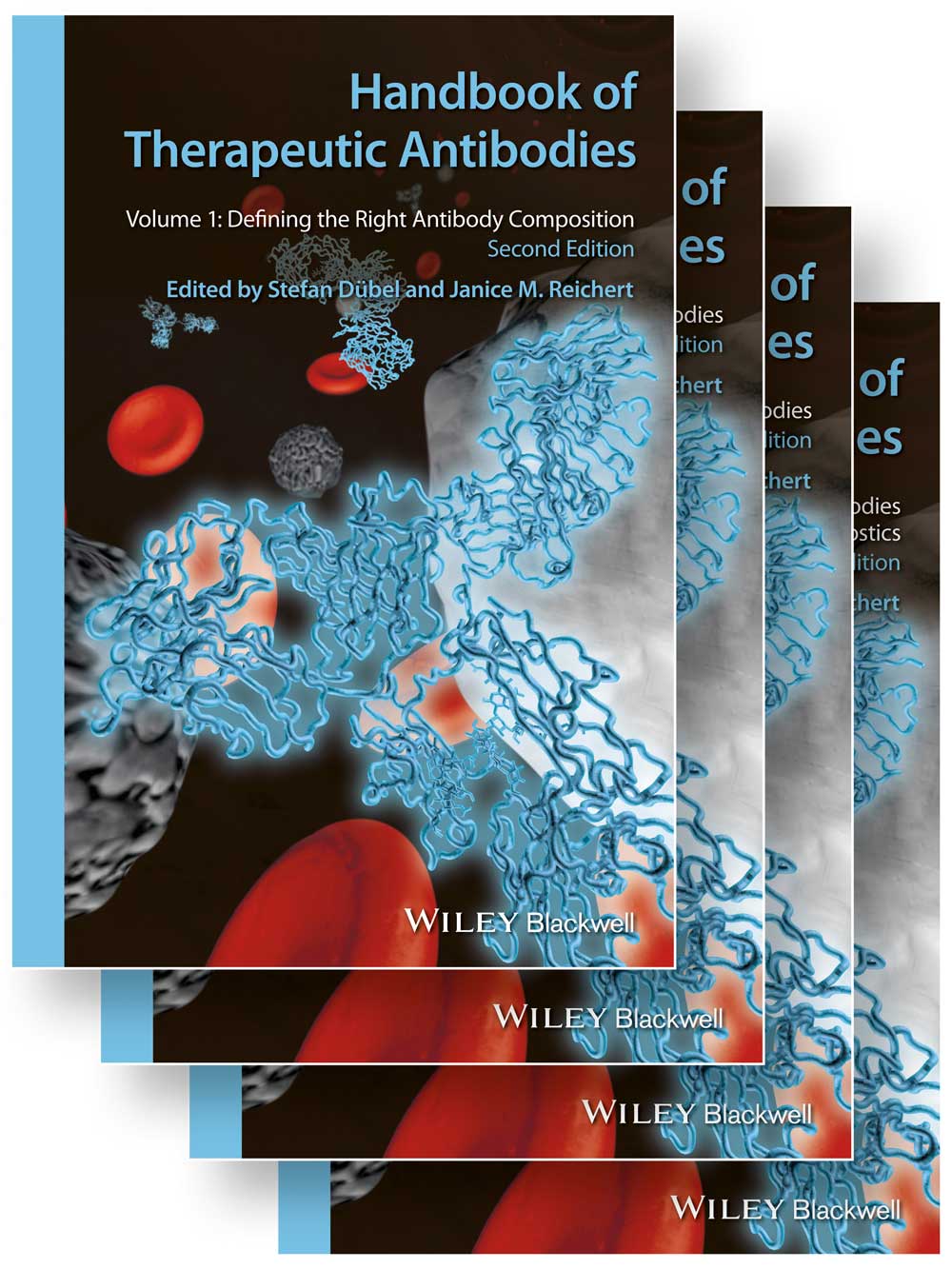
While the United Nations have designated 2024 as the International Year of Camelids, it seems fitting to focus on a little-known peculiarity of the immune system of camels, dromedaries, llamas and their relatives, which has sparked the development of a new class of therapeutics.
Exciting Discoveries
In humans as well as in all non-camelid mammals, antibodies are relatively large molecules made up of two heavy and two light chains, and it was long believed that both heavy and light chains are required for antigen binding. In camelids, however, up to 80 % of antibodies completely lack the light chains yet bind to antigens just as strongly as their larger cousins. The discovery of heavy-chain-only immunoglobulins in dromedaries, soon dubbed camelbodies, in the early 1990s led to the development of increasingly smaller single domain immunoglobulins, the smallest of which are called nanobodies and have a size of only 10% of a human immunoglobulin. Their small size and single domain structure on the one hand make them ideally suited for large-scale production in bacterial cells and on the other hand allow them to penetrate tissues and cells much more readily than a full-size antibody.

Heavy-chain only antibodies with variable domains colored light purple and conventional immunoglobulins with variable domains colored light green against red background
Therapeutic antibodies derived from camelids
For a time in the late 1990s and early 2000s, biotechnologists were very keen to collaborate with veterinary institutes that had a herd of dromedaries, camels or llamas, allowing them to generate specific camelbodies by immunizing the animals with a target molecule. In the meantime, numerous camelbody cDNA libraries exist which allow the generation of novel types of nanobodies without a live camel.
To date, single domain antibodies derived from camelids have been used as diagnostic tools, imaging probes, as well as therapeutics that can be inhaled or taken orally − routes that are often not available to conventional therapeutic antibodies.
- Handbook of Therapeutic Antibodies, 2nd Edition, edited by Stefan Dübel & Janice M. Reichert, ISBN 978-3-527-68244-7
- Medicine and Surgery of Camelids, 4th Edition, edited by Andrew J. Niehaus, ISBN 978-1-119-58324-0

Molecular Secrets of Dinosaurs: Between Fictional Stories and Fossil Clues
Fossilization is rare, as normally when an organism dies, its organic material gets completely decomposed, leaving only the hard skeleton behind. Fossils are formed under exceptional circumstances, which are still not well understood, in which organic material or...

Wie funktioniert der Heisenberg-Kompensator?
Der Heisenberg-Kompensator ist ein faszinierendes Konzept, das oft in der Science-Fiction, insbesondere in Star Trek beim Beamen von massiven Objekten und Personen, erwähnt wird. Doch abseits der fiktiven Technik gibt es in der realen Welt spannende Entwicklungen im...

Quantenmechanik – das Herzstück der modernen Physik
Willkommen in der schwer greifbaren, scheinbar etwas unscharfen Welt der Quantenmechanik – ein Bereich der Physik, der nicht nur die Grundlagenforschung revolutioniert hat, sondern auch die moderne Technologie prägt. Ohne Quantenmechanik wären viele technische...

Das Ende der Evolution beim Menschen?
Der Mensch ist wie jedes andere Lebewesen ein Produkt der Evolution. Die Analyse unseres humanen Genoms hat u. a. gezeigt, dass wir DNA-Sequenzen von mehreren heute nicht mehr existenten Frühmenschen in uns tragen, z. B. vom Neandertaler oder vom Denisova-Menschen....


